- Sector : Sustainable Agriculture
- Location : South Africa
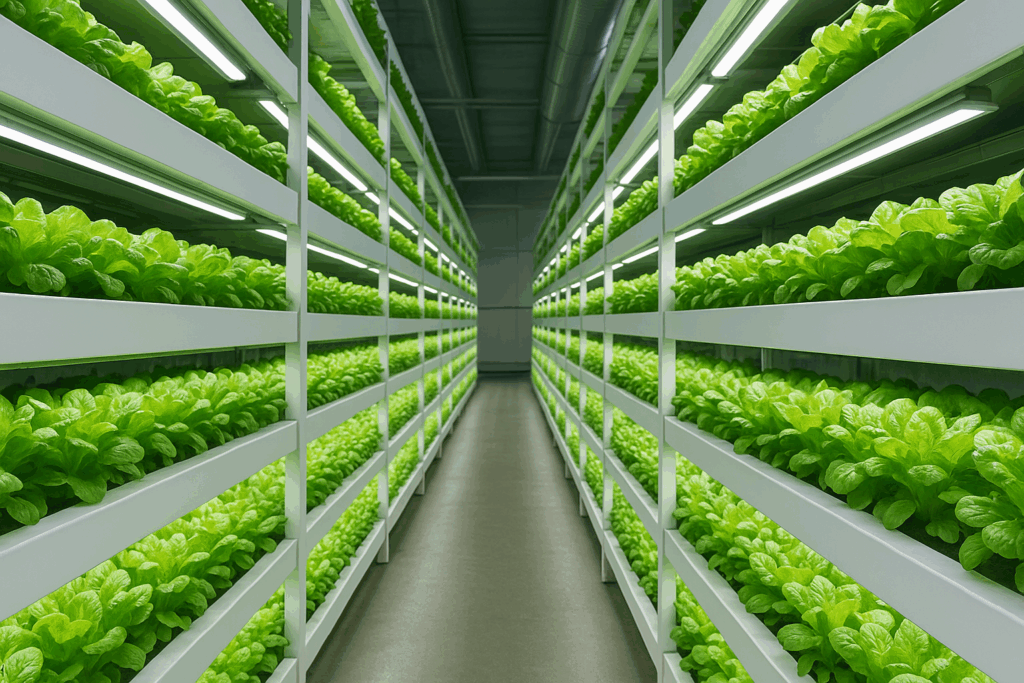
Overview
The SCF has received a proposal for a new initiative in South Africa is addressing food insecurity, water scarcity, and agricultural vulnerability by deploying Controlled Environment Agriculture (CEA) systems using hydroponic and aeroponic vertical farming. The project will operate from a 32-hectare site in Port Elizabeth powered by solar energy and supported by two boreholes, enabling year-round, soil-free food production with up to 90% water savings.
With an emphasis on high-value, nutrient-rich crops like leafy greens and herbs, this approach reduces dependency on imports and fossil fuel-intensive food transportation. The system avoids emissions from traditional farming practices, builds resilience against drought and inflation, and provides local jobs in sustainable agriculture.
The Challenge
CEA, and in particular vertical farming, is still at an early stage of adoption in Sub-Saharan Africa. To date, most vertical farming operations have been concentrated in high-income countries where consumer demand for premium produce, access to advanced technologies, and capital availability support the business model. In contrast, Sub-Saharan Africa faces unique challenges but also holds significant opportunities for vertical farming.
1. Resource Scarcity and Climate Vulnerability
The region is highly exposed to climate change impacts, with recurrent droughts, extreme heat, and erratic rainfall undermining food production. Agriculture consumes over 70% of available freshwater, yet water resources are increasingly stressed. Vertical farming, with its capacity to reduce water consumption by up to 90% compared to conventional farming, offers a pathway to climate-resilient food systems.
2. Rapid Urbanization and Rising Food Demand
Urban populations in Sub-Saharan Africa are projected to nearly triple by 2050. Current food systems rely heavily on imports and long supply chains, which drive up prices and increase carbon emissions. Locally based vertical farms can shorten supply chains, provide fresher produce to cities, and reduce dependence on volatile global markets.
3. Economic and Social Dimensions
Youth unemployment remains one of the region’s most pressing socio-economic challenges. Vertical farming systems, particularly modular or scalable ones, can generate skilled jobs in plant science, engineering, IT, and logistics. Beyond direct employment, these systems can stimulate entrepreneurship by linking local distribution networks, restaurants, and food retailers.
4. Market Readiness and Adoption Barriers
While demand for fresh, pesticide-free produce is rising among Africa’s emerging middle class, affordability remains a barrier. Current vertical farming technologies are often capital-intensive, with high upfront infrastructure and energy costs. However, renewable energy integration (notably solar) and blended finance solutions can help lower entry barriers. Local adaptation—such as prioritizing high-value crops with strong regional demand—will be critical to economic viability.
5. Policy and Investment Landscape
Governments and development partners increasingly recognize the need for innovation in agriculture to achieve food security and climate goals. Yet, dedicated policies and financing frameworks for CEA are still limited in Sub-Saharan Africa. Development finance institutions and blended finance vehicles such as the SCF can play a catalytic role in derisking investments, building technical capacity, and demonstrating proof-of-concept for scalable models.
SCF’s Involvement – Technical Assistance
In that context, the SCF TA Facility is supporting a pre-feasibility study that aims to:
- Evaluate market readiness and demand for vertical farming in Sub-Saharan Africa
- Assess energy, input, and technology requirements
- Explore cost-effective crop portfolios adapted to local needs
- Provide benchmark models and blended-finance guidance for deployment
This study will help validate the scalability and economic sustainability of CEA systems in urban African contexts, and guide future investments in low-resource vertical farming.
Our Target Impact
Vertical farming projects are expected to support sustainable food systems, local job creation, and reduced environmental impact through modular, climate-resilient agriculture.
-
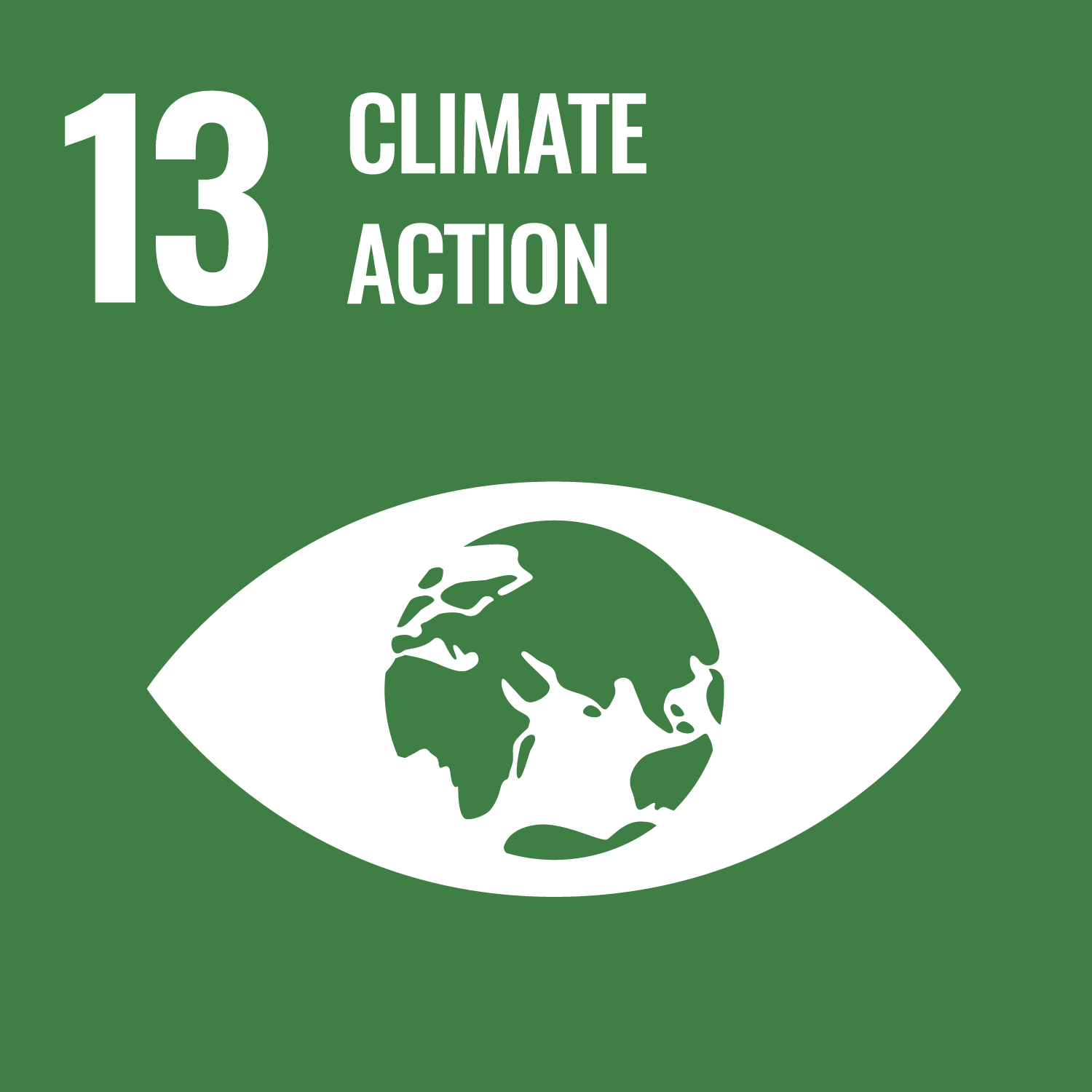
SDG 13 Climate Action
Reduce emissions via solar-powered operations and avoids CO₂ and methane linked to traditional soil-based farming.
-
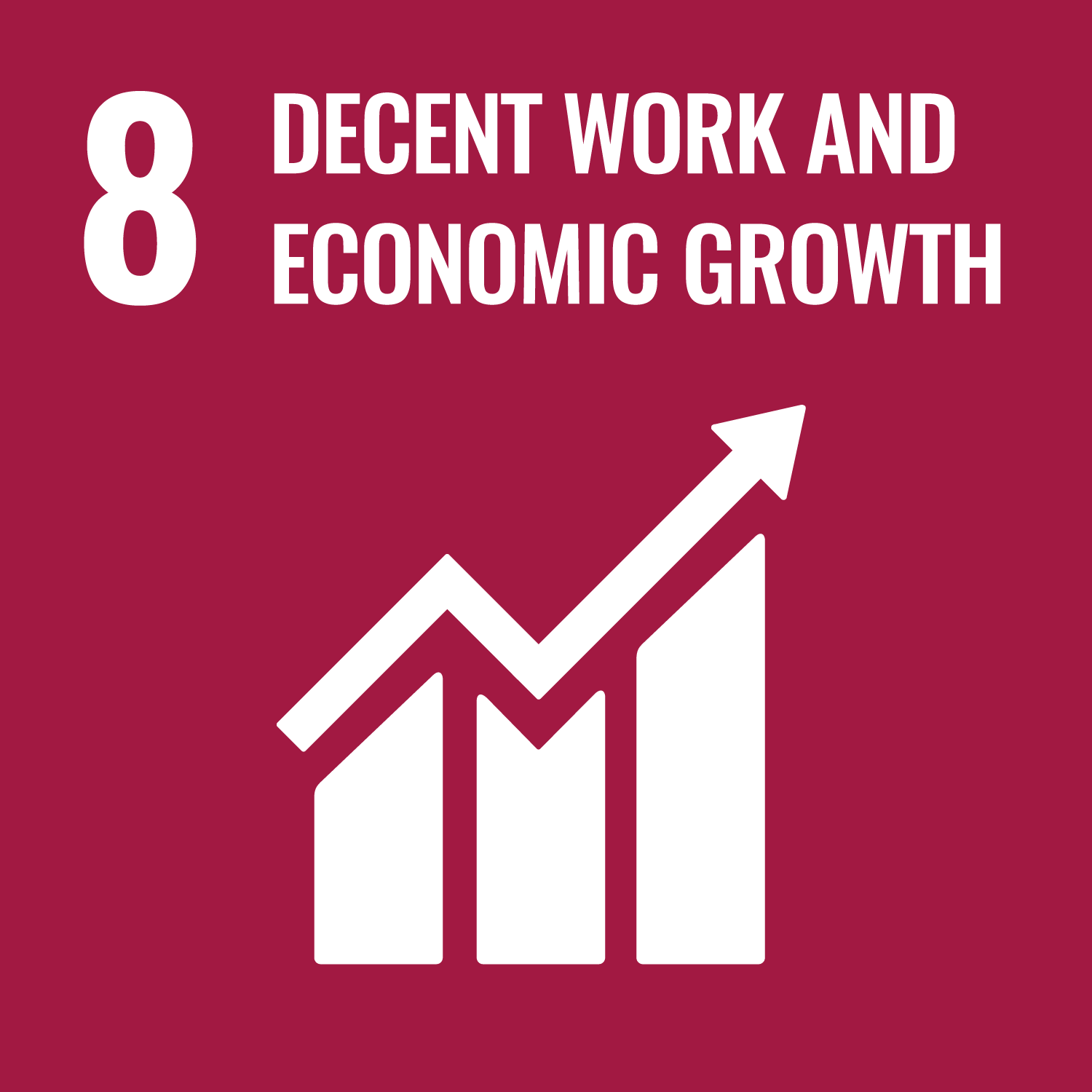
SDG 8 Decent Work and Economic Growth
Generate green jobs across production, maintenance, and agritech services, while upskilling young professionals and farmers.
-
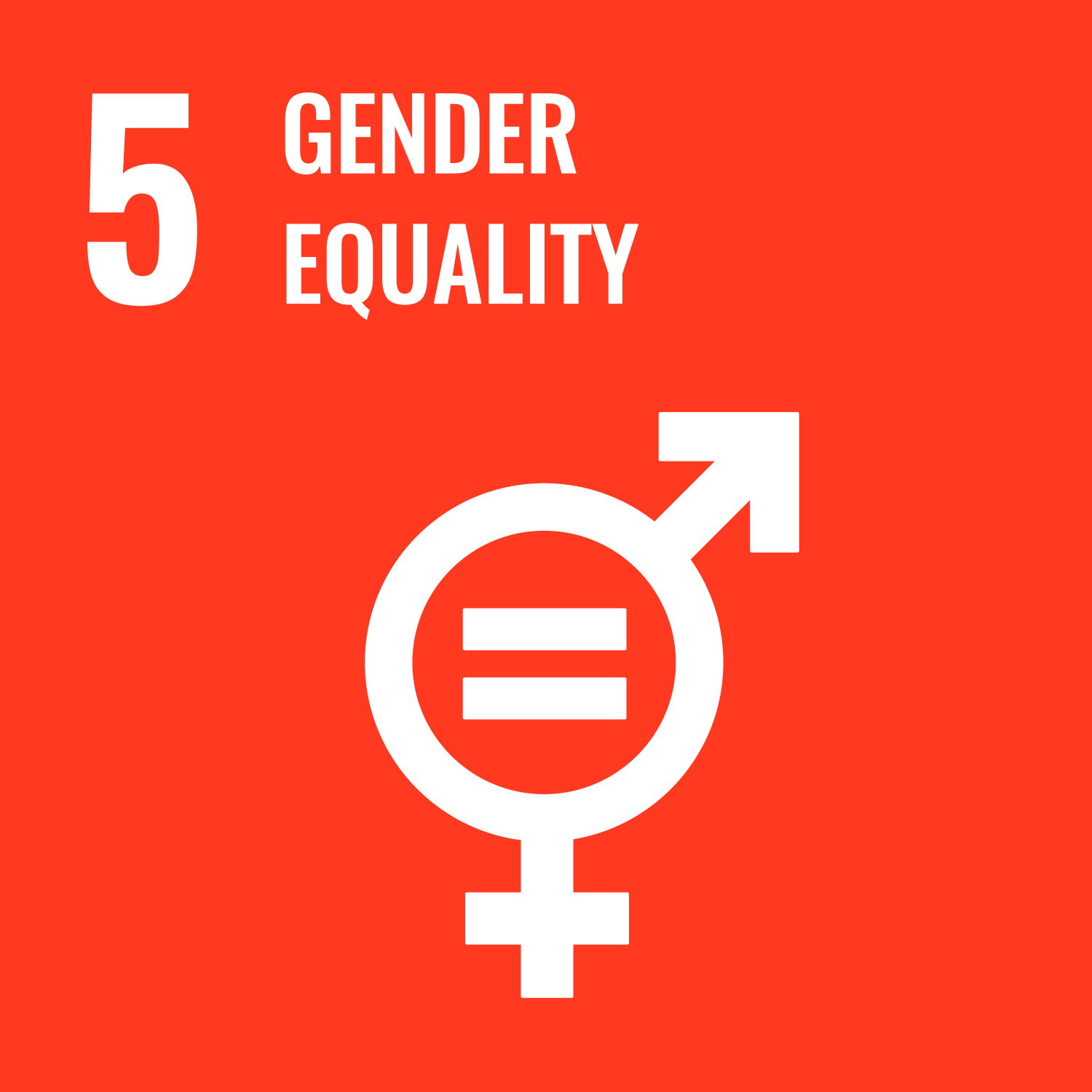
SDG 5 Gender Equality
Projects should support social inclusion by creating local jobs and offering training opportunities, with a focus on empowering youth and women, particularly in peri-urban South Africa.
-
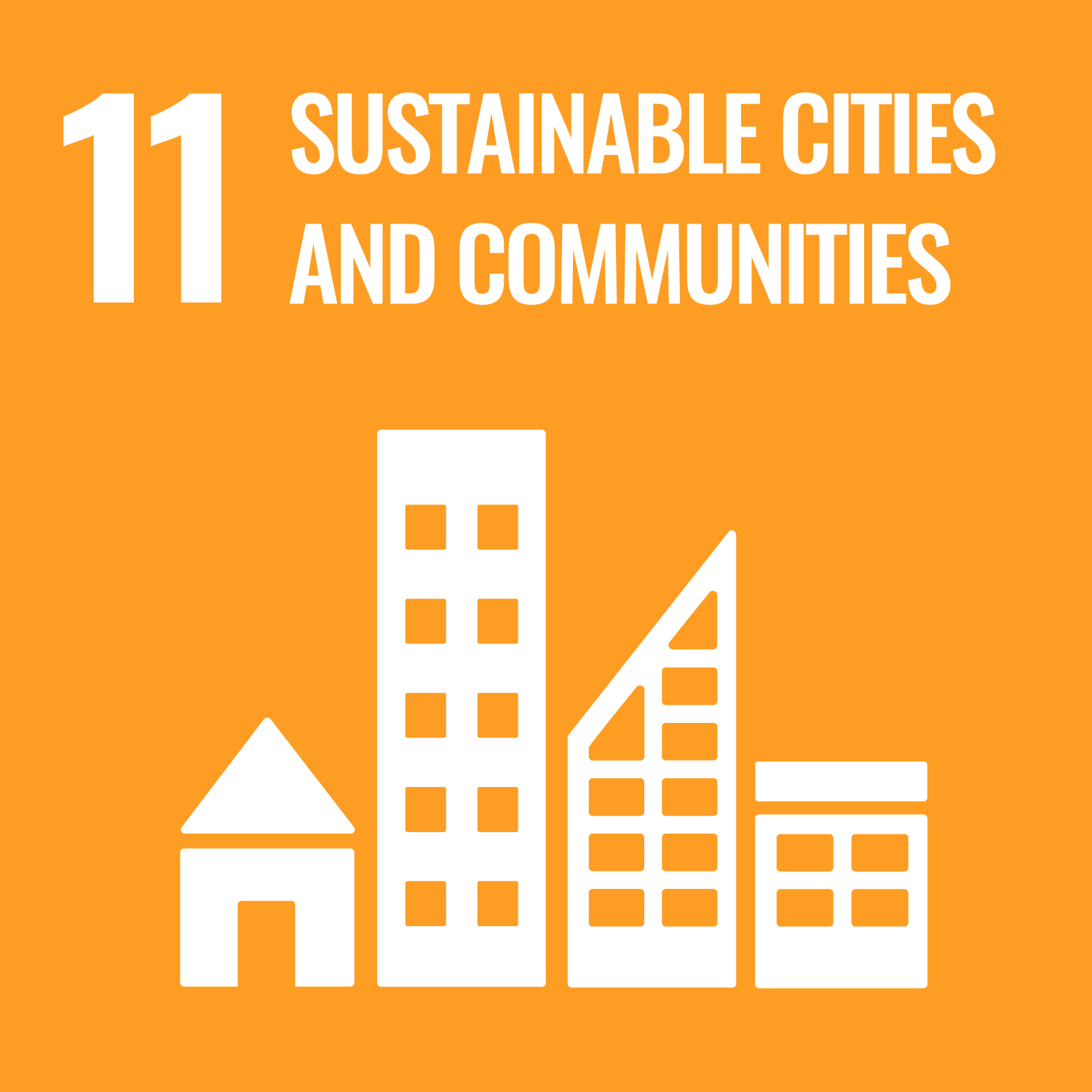
SDG 11 Sustainable Cities and Communities
Enhance food resilience and urban food self-sufficiency through localized production and community training programs.


